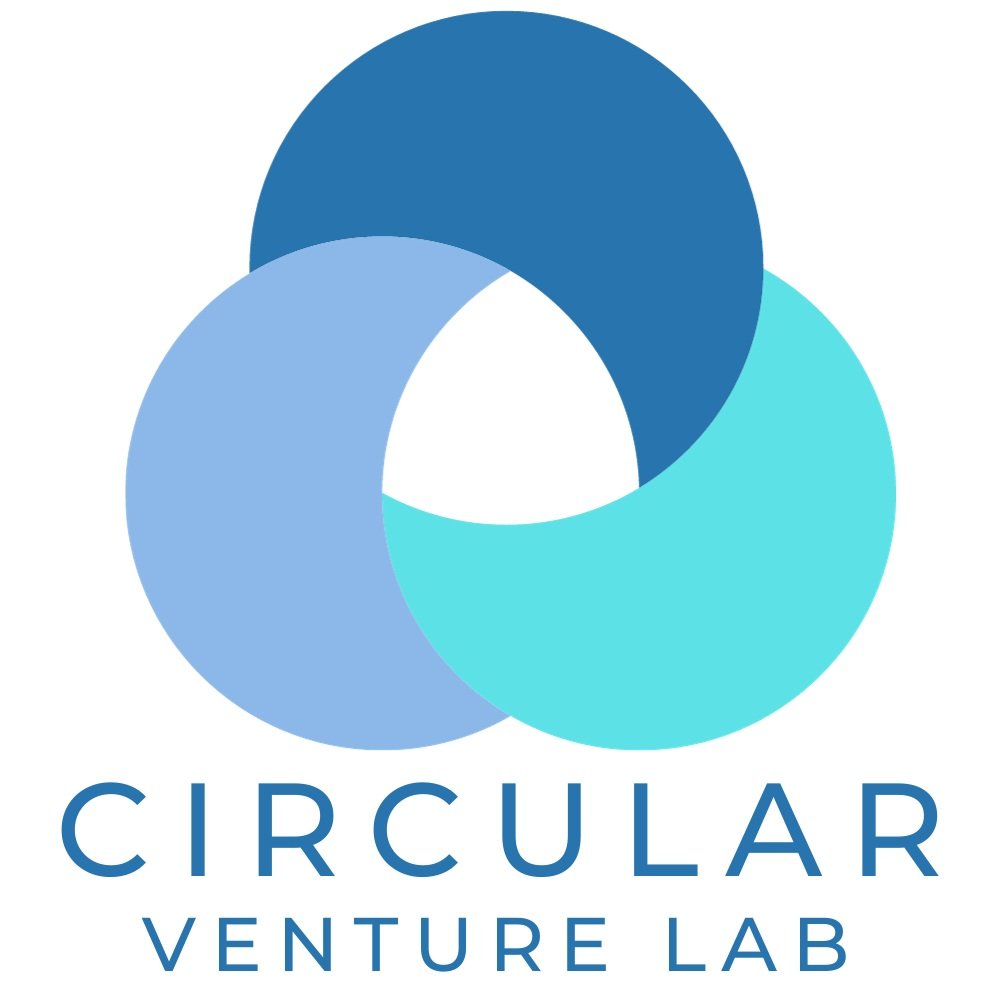Introducing Technology Transfer
Technology transfer is the process of transferring technology from the person or organization that owns or holds it to another person or organization. The technology can be in the form of knowledge, skills, inventions, designs, materials, software, or trade secrets. The transfer of rights can take place between universities, businesses, governments, and other organizations.
There are many different ways to transfer technology. These include:
Licensing: A technology owner can license their technology to another individual or a company, giving them the right to use the technology to develop and sell products or services.
Startups: Technology owners can also create their own startup companies to develop and commercialize their technology.
Research Partnerships: Companies can also partner with universities or other research institutions to develop and commercialize new technologies.
Technology transfer is important because it helps to ensure that new technologies are developed and commercialized. This can lead to economic growth and social benefits. When tech is transferred from universities or a lab to businesses, new products and services can be brought to the market, create jobs, and boost the economy. Technology transfer can also help to improve the quality of life for people by making new technologies available to them, like new energy-efficient technologies. This has importance to innovation in general, as it ensures that new technologies are developed and made available to the people and businesses who need them most.
Some relevant examples of this process:
A university licenses a unique advanced material to a chemical manufacturer, who then develops new, lightweight, and recyclable plastics from it.
The U.S. Department of Energy (DOE) licenses a new a unique battery chemistry to a startup company, which develops it into a new type of energy-efficient battery.
NASA and a company partner to develop a technology created for outer space into one that can benefit people on Earth.
The Department of Defense allows a radio antenna technology created by a branch of the military to be utilized by civilians.
Getting Involved
There are multiple ways to get started in exploring technologies available for licensing and developing plans to commercialize one. These include the technology transfer and commercialization offices, located at all U.S. research universities. They may vary in name depending on the school and are typically called tech transfer offices, tech licensing offices, or tech venture partners.
The U.S. DOE’s Office of Technology Transitions (OTT) is a very detailed resource for entrepreneurs and business interested in learning more about technologies created through the DOE’s 17 National Labs. Their website details multiple successful ventures, numerous resources, and information on how to inquire about licensing a DOE technology. The OTT is especially skilled in helping scientific discoveries achieve their maximum public return and impact by streamlining access to the National Laboratory complex, world-class scientific researchers, and large portfolio of intellectual property.
DOE Boost is a partnership between Sandia National Laboratories and FedTech that brings national labs, startups, academia, and entrepreneurs together to find solutions to big community-based energy challenges. The DOE Boost platform is funded by DOE’s Technology Commercialization Fund administered by the Office of Technology Transitions.
The American-Made Program
Since 2020, Circular Venture Lab in Evansville, Indiana has served as a Connector in the U.S. Department of Energy’s American-Made Network. As a Connector, we assist our nation’s creative entrepreneurs and innovators in collaborating with the DOE'’s National Labs, the private sector, and funding sources.
The American-Made Network is made possible by funding from the US Department of Energy and the administration of the National Renewable Energy Laboratory. Since its inception, the program has awarded more than $150,000,000 to over 300 startup teams throughout the US. These prizes are awarded through specific technology and societal challenges.
Open Technology Transfer Challenges
Lab MATCH Prize
The DOE OTT Lab MATCH (Laboratory Making Advanced Technology Commercialization Harmonized) Prize is a $620,000, three-phase competition aimed to accelerate national laboratory intellectual property (IP) licensing and commercialization.
Lab MATCH, which is funded by the Technology Commercialization Fund, provides an opportunity for innovators and entrepreneurs from diverse backgrounds to work directly with national labs and their researchers to accelerate technology commercialization.
Participating national labs include the National Renewable Energy Laboratory (NREL), Sandia National Laboratories (SNL), and Oak Ridge National Laboratory (ORNL).
EnergyTech UP Prize
In the American-Made EnergyTech University Prize (EnergyTech UP), student teams compete for cash prizes for successfully identifying a promising energy technology, assessing its market potential, and creating a business plan for commercialization.
University students will develop and present a business plan in February 2024 that leverages National Laboratory-developed or other emerging energy technologies developed by students, faculty, or industry. Throughout the competition, they receive mentorship and materials to help them succeed, all while competing for part of $400,000+ in cash prizes.
Learn more about the Challenges and working with the American-Made Network through their website. Simple steps to get started…
Find a Challenge! If you’re new to the entrepreneurial space and/or in college, there are several open Challenges geared towards innovators at early stages.
Register as a competitor.
Reach out to Circular Venture Lab and we’ll provide assistance where we can.
Additional Information
While technology transfer is a complex process, in-depth additional resources are available to those new to the idea, business R&D teams, and existing businesses looking to complement their current products and services.
Though this introduction is specific to the energy industry, it should be helpful to all audiences - including high school and college students and young potential entrepreneurs. We’re hoping to educate others on the fact that it doesn’t necessarily take a brilliant scientist to start a company using another person’s invention.
If you’d like more information or have suggestions for new articles, please feel free to reach out!

